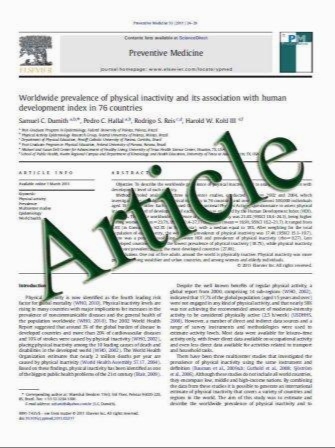A Preclinical Study of the Safety and Efficacy of OcclusinTM 500 Artificial Embolization Device in Sheep
- نوع فایل : کتاب
- زبان : انگلیسی
- مؤلف : Richard J. Owen Patrick N. Nation Robert Polakowski Jennifer A. Biliske Paul B. Tiege Irwin J. Griffith
- چاپ و سال / کشور: 2011
Description
Introduction This study evaluated the safety, effectiveness, and biodegradation of a new embolic agent, Occlusin TM 503 Artificial Embolization Device (OCL 503). The agent consists of biodegradable poly-lactic-co-glycolic acid microspheres (150–212 lm) coated with type I bovine collagen and was compared with Embosphere Microspheres (300–500 lm) in this controlled study of uterine artery embolization (UAE) in sheep. Methods Unilateral UAE was performed in 32 adult ewes randomly assigned. Vessels were embolized to effective stasis. The cohort was divided into four groups, which were sacrificed at 1, 3, 6, and 12 months. Results Both agents were 100% effective in achieving stasis. At 6 months, all OCL 503-treated arteries were occluded, the microspheres degraded with time, and at 12 months all four animals examined demonstrated recanalization. OCL 503 was found in the untreated uterine artery in one animal with no other evidence of non target embolization. In the Embosphere-treated group, all vessels remained occluded and microspheres were detected in the contralateral uterine artery in 6 of 15 examined vessels and in 10 vaginal, 2 ovarian, and 1 vesical artery. No procedural- related complications were seen in either group. Conclusions OCL 503 is as effective an embolic agent as Embosphere Microspheres when embolizing ovine uterine arteries and resorbs with time, allowing recanalization of the treated arteries. No device-related issues or adverse events were observed
Cardiovasc Intervent Radiol DOI 10.1007/s00270-011-0218-7Received: 27 January 2011 / Accepted: 7 June 2011 Springer Science+Business Media, LLC and the Cardiovascular and Interventional Radiological Society of Europe (CIRSE) 2011


